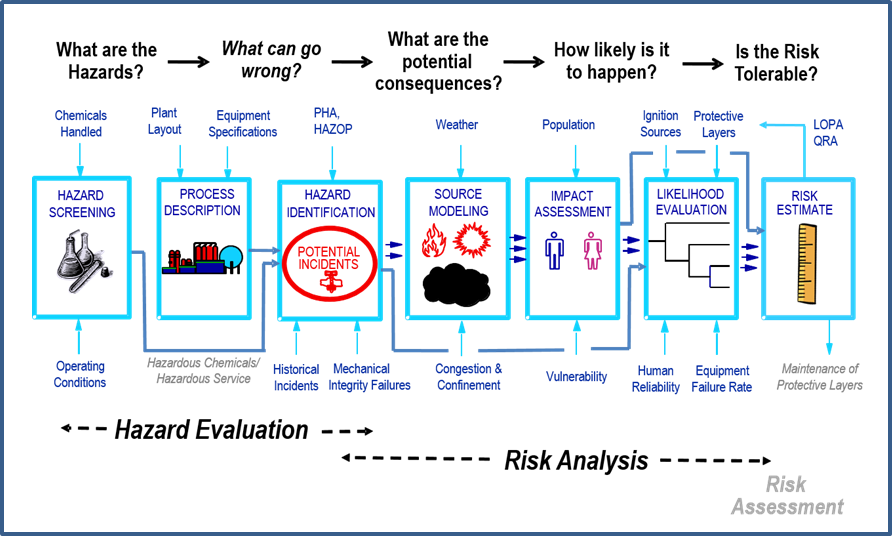Registration Information: |
Member Rate: $1,200 |
Non-member Rate: $1,500 |
Note: You can also add this course as a ticketed event to your conference registration, or call our customer service at 800.242.4363 to register
RAST Course Description:
The Risk Analysis Screening Tool (RAST) is a collection of MS Excel® based Process Safety Screening Tools to assist in performing a Hazard Evaluation and Risk Analysis that draw upon the same basic input information. RAST uses very powerful linear relationships that have been quality checked and closely correlate to complex algorithms of many other commercially available analysis tools. These tools include:
- Reaction Hazards Evaluation
- Hazards and Consequence Summary (including LOPA Tolerable Frequency Factor)
- Relief Device Effluent Screening
- Layers of Protection Analysis
- Dow Fire and Explosion Index (FEI)
- Dow Chemical Exposure Index (CEI)
This course will enable users to become familiar with the RAST tool so that evaluation teams with the help of facilitators and process safety personnel can perform screening level Hazard Identification and Risk Analysis (HIRA). An example problem is provided so that users understand the limitations of this tool and when to utilize more advanced methods or to engage a Subject Matter Expert.
RAST and the basic user’s manual is available at no charge from the CCPS. Attendees should download and install RAST and the manual prior to the workshop.
RAST Course Outline
Day 1:
1 – Introduction
- What is RAST
- Work and information flow within RAST
2 – Getting Started
- Opening the tool
- Example case study
- Data input
- Reports
3 – Chemical Data
- Data used
- Adding a new chemical
- Create a chemical mixture
4 – Reactivity Data and Evaluation
- Reactivity screening
- Data input
- Reactivity evaluation
- Example input and evaluation
- Process upsets
5 – Additional Input and Reports
- List of reports
- Additional inputs needed
Day 2
6 – Scenario Development
- Definition
- Loss of containment (LOC) events
- Scenario creation in RAST
- Initiating events
- Incident types and outcomes
- Screening criteria
- Scenario library
- User defined scenarios
7 – Risk Analysis and LOPA
- Definitions (LOPA & Risk)
- Consequence modeling
- Likelihood/Frequency
- Risk Matrix
- Selecting scenarios for analysis
- LOPA
8 – Case Study
- Class exercise
9 – Summery
- Review

